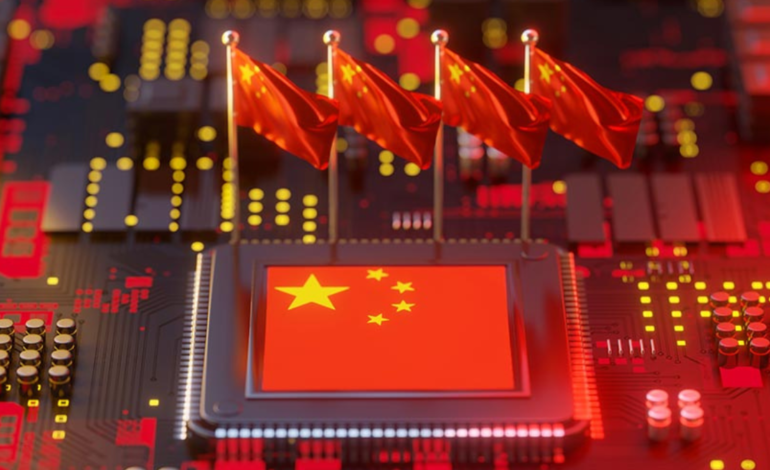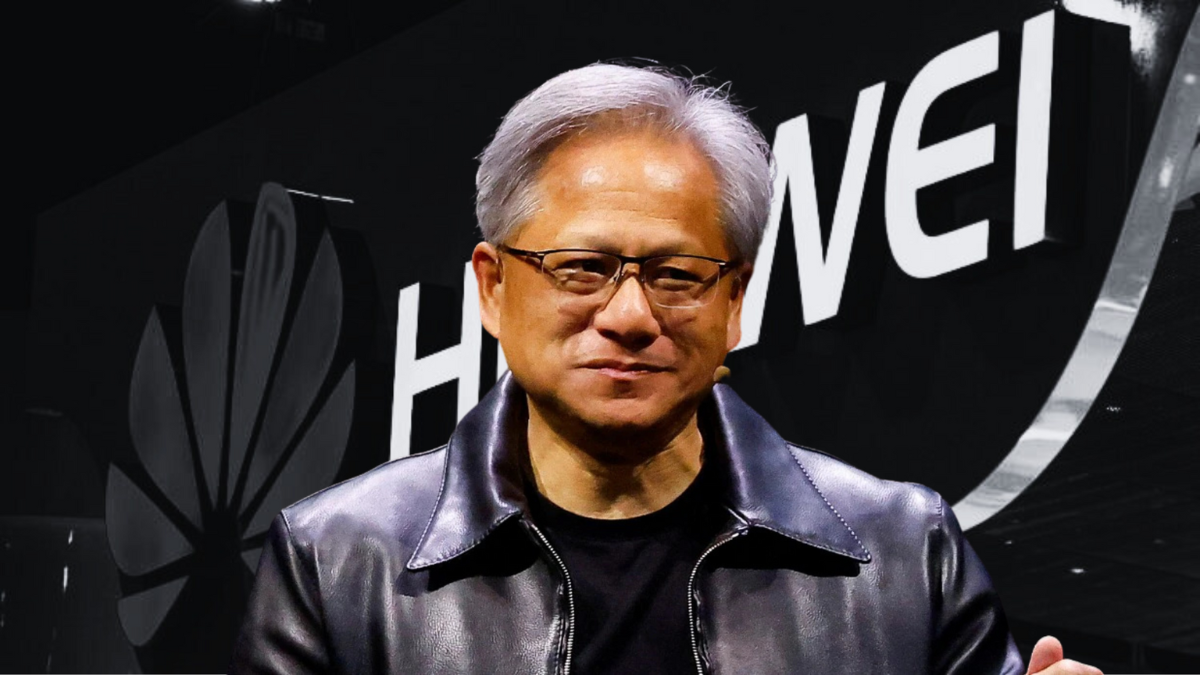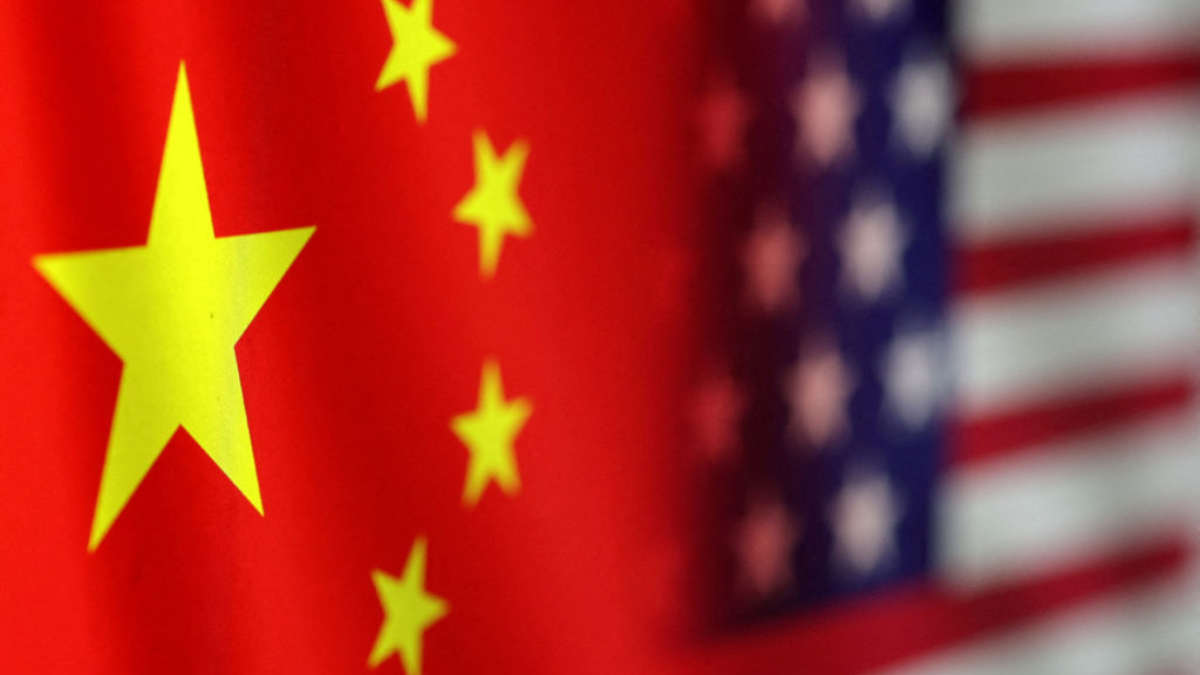Made in China 2025 Revealed: China’s Grand Design for Tech and Industry Leadership

In 2015, China unveiled an ambitious industrial strategy known as “Made in China 2025” (MIC 2025), aiming to transform the nation from the world’s factory of low-cost goods to a global leader in high-tech industries. A decade into its implementation, the initiative has yielded significant advancements, faced formidable challenges, and sparked global debates about trade fairness and technological dominance.
Strategic Objectives and Priority Sectors
The MIC 2025 initiative was designed to lessen China’s dependence on imported technologies while advancing the sophistication of its manufacturing sector. The strategy identified ten key industries as focal points for advancement:
- New-generation information technology
- High-end numerical control machinery and robotics
- Aerospace and aviation equipment
- Maritime engineering and high-tech shipping
- Advanced rail transportation equipment
- Energy-saving and new energy vehicles
- Electrical equipment
- Agricultural machinery and equipment
- New materials
- Biopharmaceuticals and high-performance medical devices
The initiative set explicit targets, such as increasing the domestic content of core components and materials to 70% by 2025, and enhancing research and development (R&D) investment to foster innovation and competitiveness.
Achievements and Progress
Over the past decade, China has made notable strides in several MIC 2025 sectors:
- Electric Vehicles (EVs): China has become the world’s largest EV market, with companies like BYD and NIO gaining international recognition.
- High-Speed Rail: China boasts the most extensive high-speed rail network globally, reflecting significant progress in both transportation technology and infrastructure development.
- Renewable Energy: China leads in the production and deployment of solar panels and wind turbines, contributing significantly to global renewable energy capacity.
These achievements have been facilitated by substantial government support, including subsidies, tax incentives, and the establishment of innovation centers to promote R&D.
Challenges and International Concerns
Successes aside, MIC 2025 has drawn critiques and faced various implementation challenges:
- Trade Tensions: The initiative’s emphasis on self-sufficiency and state support has raised concerns about unfair trade practices, leading to heightened tensions with countries like the United States. These tensions have been largely driven by concerns over involuntary technology transfers and the unauthorized use of proprietary innovations.
- Global Supply Chain Disruptions: Efforts to localize production and reduce dependency on foreign technology have led to supply chain realignments, impacting global manufacturers and prompting discussions about economic decoupling.
- Transparency Issues: The lack of clarity regarding the extent of government support and the criteria for subsidies has led to skepticism about the initiative’s adherence to World Trade Organization (WTO) rules.
Global Implications and Future Outlook
MIC 2025 has significant implications for global trade and technological competition:
- Shift in Global Manufacturing: China’s advancements in high-tech manufacturing are challenging the traditional dominance of Western and other Asian economies in these sectors.
- Technological Decoupling: The initiative has accelerated discussions about technological decoupling, with countries reevaluating their reliance on Chinese technology and considering alternative supply chains.
- Innovation Race: As China continues to invest heavily in R&D, the global race for technological supremacy intensifies, influencing international collaborations and competition.
Looking ahead, China’s commitment to MIC 2025’s objectives suggests a continued focus on innovation-driven growth. The initiative’s trajectory will depend on how effectively China addresses international concerns, fosters transparent practices, and navigates the complex landscape of global trade relations.








